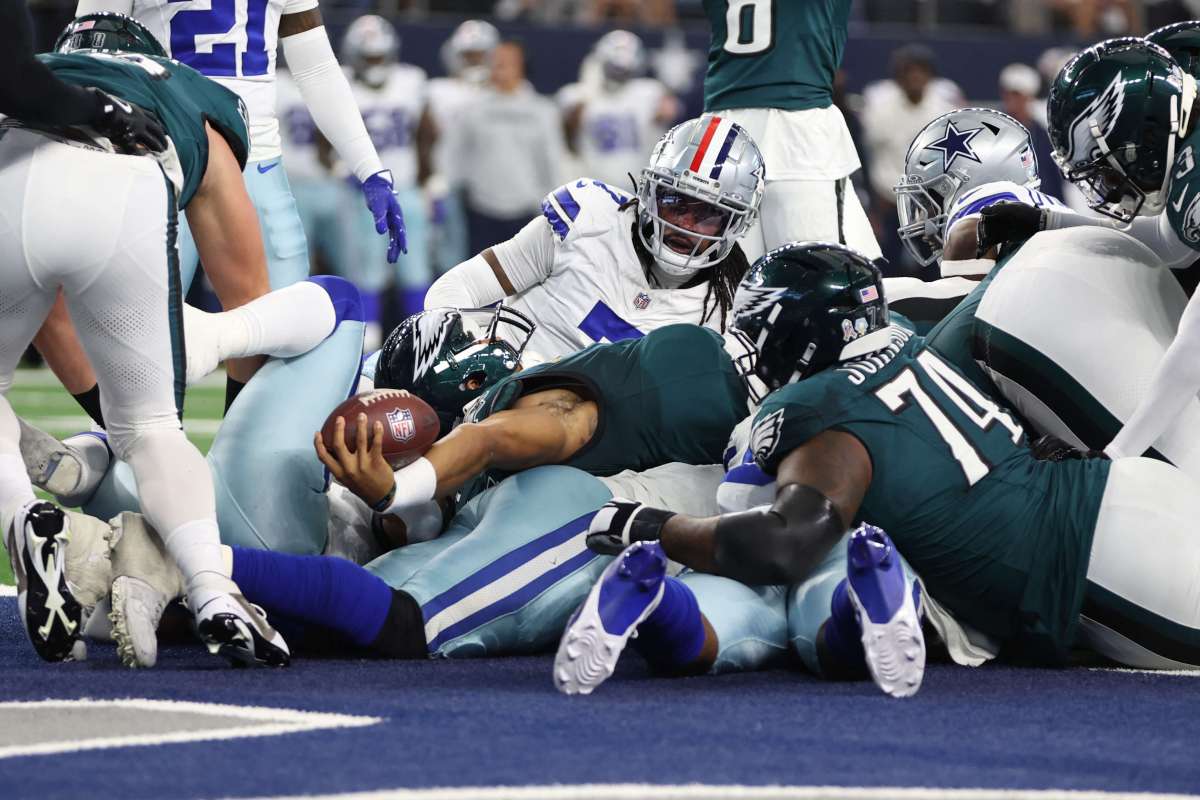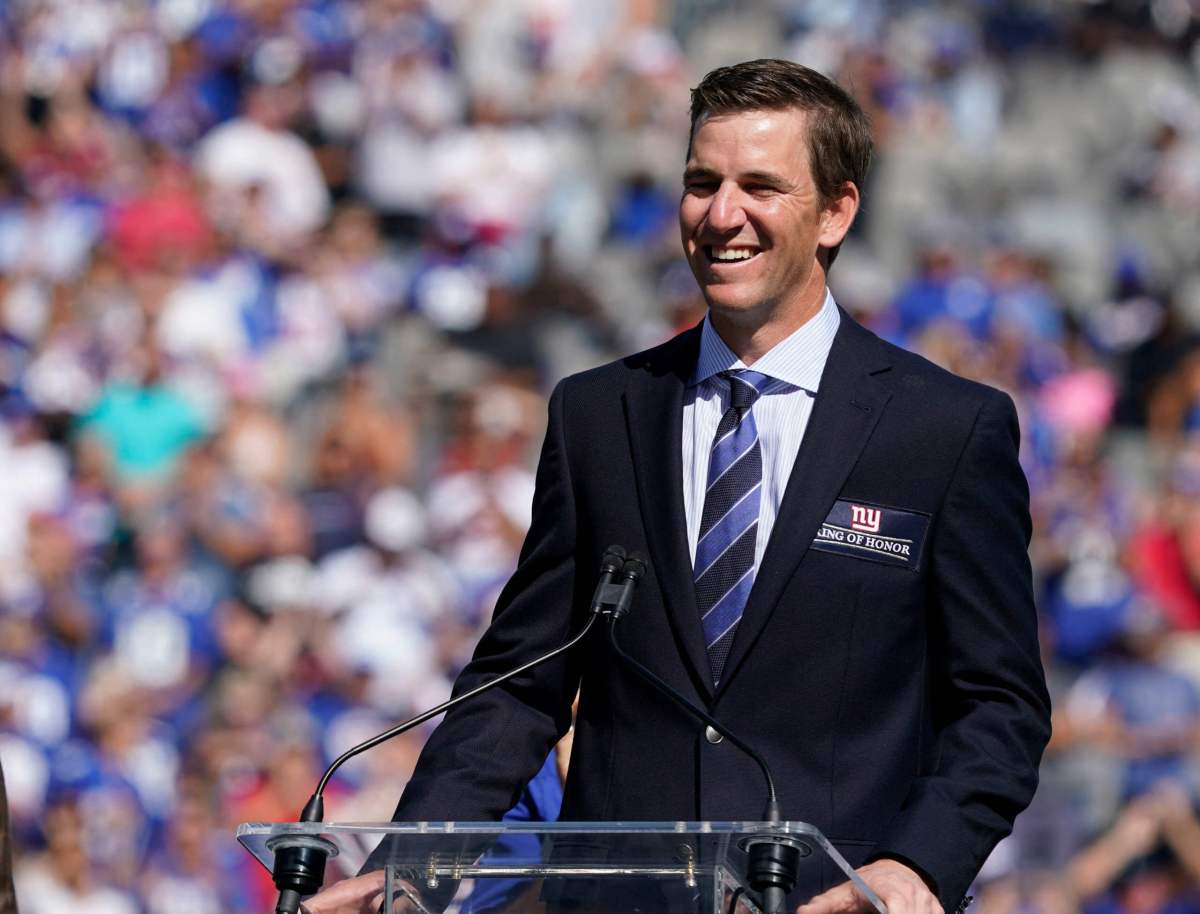LONDON (Reuters) – The departure of six-time Ballon d’Or winner Lionel Messi from Barcelona has confirmed what many fans have feared for years – star player wages are now so stratospheric that they risk bankrupting even the grandest clubs.
The charts below show some of the mind-boggling numbers involved in the world’s richest leagues, where the financial strains are most acute, and how COVID-19 has compounded the problems.
WAGES
Barcelona President Joan Laporta said the club was forced to let Messi leave because his wage demands would have jeopardised its future.
He estimated the Argentine’s new contract would have meant the club was paying out more on wages than it earns – 110% of its revenues to be exact. Without Messi it will be around 95%. “The club is above everything – even above the best player in the world,” Laporta said.
Graphic: Wage-to-revenue ratios in Europe’s top soccer leagues – https://fingfx.thomsonreuters.com/gfx/mkt/akpezgllkvr/Pasted%20image%201628255753945.png
A decade ago, wages in the Big Five leagues added up to around 5.6 billion euros ($6.6 billion), Deloitte estimates. Wage-to-revenue ratios – the money clubs pay players and other staff – amounted to 51% in Germany, 70% in the Premier League and 75% in Italy’s Serie A and France’s Ligue 1.
By last season, that combined European wage bill had ballooned to 17 billion euros.
COVID-19 and empty stadiums though meant the leagues’ revenues fell by an average of 11%. It meant wage-to-revenue ratios rose to 73% from 2018-19’s 61% in Britain’s Premier League, to 67% from 62% in Spain’s La Liga, to 78% from 70% in Italy, 56% from 54% in Germany and to 89% from 73% in France.
Graphic:Wage-to-revenue ratios at Europe’s top soccer clubs – https://fingfx.thomsonreuters.com/gfx/mkt/movanmredpa/Pasted%20image%201628263391131.png
“UEFA has historically said that a 70% wage-to-revenue ratio should be the upper limit for clubs to target, but we may see a number of large clubs go past that figure and possibly even breach 100% in the short term.” Sam Boor, a senior manager in Deloitte’s sports business group, told Reuters in April.
Even before COVID-19, the wage-to-revenue ratio in England’s second tier Championship was already 107%, he said.
WORTH IT
The combined value of the top 32 European teams has grown over 50% since 2016, according to accountancy firm KPMG’s Football Benchmark team, which looks at clubs’ overall ‘enterprise value’ – their owners’ equity, plus total debt, minus cash.
Graphic:Revenue growth of Europe’s ‘Big 5’ soccer leagues – https://fingfx.thomsonreuters.com/gfx/mkt/rlgvdzqznvo/Pasted%20image%201619093328235.png
The rise had been driven – up until last year at least – by an aggregate annual 11% increase in total operating revenues. That has been led by the 65% leap in broadcasting revenues the clubs netted between 2016 and 2020 and respective 22% and 39% rises in average matchday and commercial revenues.
Olympique Lyon have seen the biggest individual rise over that period at 193%. Tottenham Hotspur have jumped 158% from being worth 800 million euros to just over 2 billion, while Manchester United and Barcelona have seen 15% and 16% gains to around 3.3 billion and 3.2 billion euros.
COVID CRUNCH
Europe’s top 20 clubs generated 8.2 billion euros in revenue in the 2019/20 season, according to Deloitte’s annual football money league report file:///C:/Users/u8017043/Downloads/deloitte-uk-deloitte-football-money-league-2021.pdf.
Graphic:European soccer club share prices – https://fingfx.thomsonreuters.com/gfx/mkt/lgpdwmbdmvo/Pasted%20image%201628262233793.png
That was down from 9.3 billion euros in 2018/19, and although it is partly distorted by the fact COVID-19 led to some broadcast revenues being pushed back into the next accounting year, the pandemic is estimated to have cost those 20 clubs over 2 billion euros in missed revenue so far.
The figures also show that the dozen clubs in the failed breakaway ‘Super League’ plan this year earned just over 5.5 billion euros – 67% – of last year’s 8.2 billion total.
In a sub-plot to the Messi saga, both Barcelona and Madrid have been incensed by a proposed 2.7-billion-euro commercial rights deal between La Liga and private equity firm CVC. A consortium including the firm failed with a similar bid in Italy earlier in the year.
DEBT
Plenty of clubs now have significant debts due to the cost of buying players and building or improving stadiums.
KPMG calculates that England’s Tottenham Hotspur, which has just built a new stadium, had the highest overall debt at 685 million euros as of 2019/20, once things like transfer fees still owed to other clubs are stripped out.
Graphic: Net financial debt of Europe’s top soccer clubs – https://graphics.reuters.com/SOCCER-FINANCES/qzjpqzdklvx/chart.png
Manchester United and Juventus were next with 524 and 390 million euros of debt respectively. Barcelona and Real Madrid had 318 million euros and 170 million euros. German champions and Champions League winners Bayern Munich had no debt and clubs like Paris Saint-Germain and Chelsea, on the surface at least, have more cash on their books than interest-bearing loans.
Others argue that those figures do not show the full picture, as some super-wealthy club owners provide interest-free “soft loans” that are not always counted.
Deloitte estimates that Chelsea’s debt would be 1.3 billion pounds ($1.8 billion) and the largest in the Premier League if ‘soft loans’ from owner Roman Abramovich were included.
The firms also estimate cumulative net debt held by Premier League clubs reached a record of almost 4 billion pounds in 2019/20, up from 3.5 billion in 2018/19 and 2.9 billion in 2017/18.
That debt represented 88% of the Premier League’s combined revenues, up from 67% the previous season, although the then record 3.3 billion pound amount in 2008/09 represented 167% of that season’s revenues.
($1 = 0.8503 euros)
($1 = 0.7211 pounds)
(Reporting by Marc Jones; Editing by Giles Elgood and Emelia Sithole-Matarise)






















